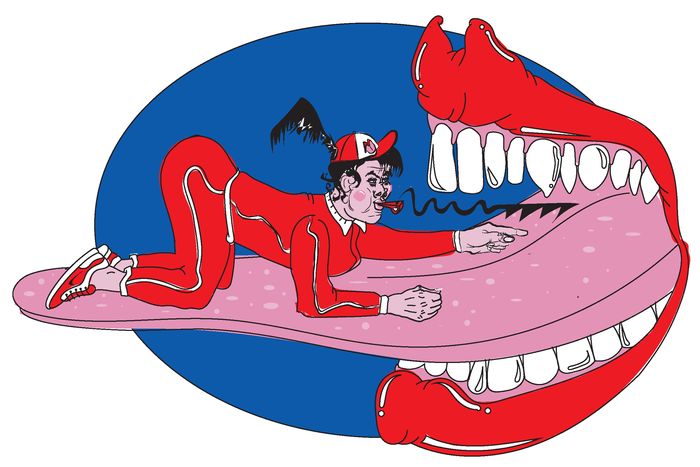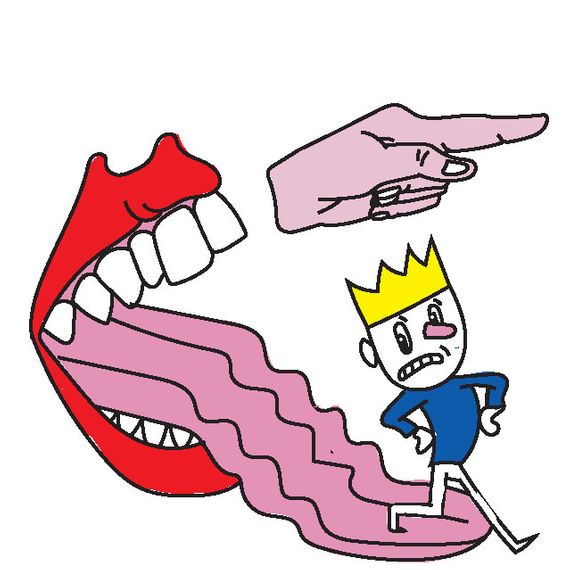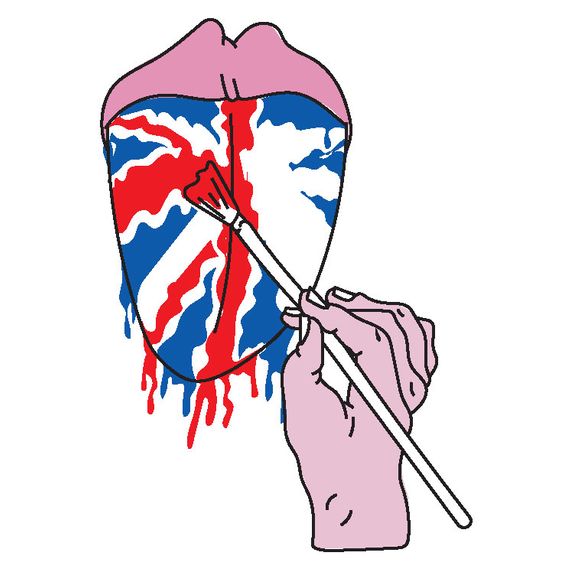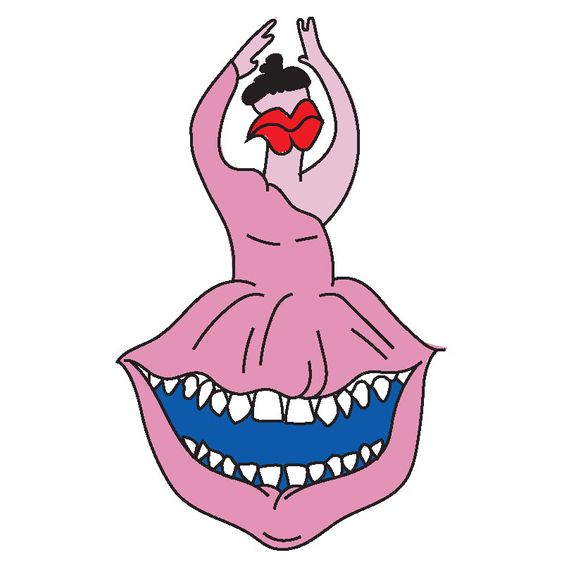
Done properly, the work of a dialect coach is everywhere and nowhere at once. Done wrong, a so-called dialect disaster will preoccupy viewers to distraction. This awards season, accents have become the topic du jour on the press circuit. Exhibit A: director Ridley Scott’s House of Gucci. The $75 million biographical drama features a mishmash of Italian accents, including Jared Leto saying, “He’s-ah no-ah spring chicken-ah!” while Jeremy Irons elocutes in quasi-English Chiantishire diction. Lady Gaga — who worked with a personal dialect coach for six months prior to production — speaks in an accent another coach on the film later derided as sounding “more Russian.” In Being the Ricardos, Javier Bardem “can’t mimic a Cuban accent to save his life,” wrote the Daily Beast’s Laura Bradley. At a town hall at the University of Puerto Rico, West Side Story director Steven Spielberg discussed his apprehension about getting the accents right and talked about working with multiple coaches to “help Puerto Ricans who have lived in New York too long to remember where they came from.” The people doing the coaching say the actors don’t make it easy. “Anything you could attribute to a 3-year-old boy you could attribute to an actor trying to avoid learning a language, accent, or dialect,” says Mary McDonald-Lewis, who coaxed Robert Pattinson to drop his native Briticisms for Twilight. We spoke to four veteran coaches, who laid out the path to accent perfection in four simple steps.
1.
Let go of your ego.
Coach: Mary McDonald-Lewis
Students: Robert Pattinson (Twilight), Patrick Stewart (Green Room), James Wolk (Front of the Class)
To work on an accent with another person, a degree of trust is required. They have to make themselves very vulnerable to you. Many actors coming to that process are filled with fear. Now, I have empathy for that. I understand the terrible power of shame and what that does to the artistic process. The first thing that happens is their own dark voice comes up and says, “Sit down and shut up. You’re not good enough.” The resistance takes many forms. One is “Why have I been put with this nanny, this babysitter? I will discover this character’s 1953 Sicilian accent because I’m an artiste.” They can be short with you. They can be mean. They can be unavailable, which is a form of avoidance. But all of it is fear. When I was hired to give Robert Pattinson his American accent for the first Twilight film, he’d been refusing to do his American accent. Rehearsals had begun, but he was still performing in his British accent. He was a scared boy. He admitted to me, “I’m angry about it.” He said to me in a very polite, well-educated British-schoolboy manner, “I rather hate it. I don’t think it’s necessary.” My challenge as a dialect coach is to let them know, “Hey, friend, let’s talk.” Little by little, if you’re able to do that, a switch flips and they shift from hating you to coming to rely on you in a wonderful way.
On set, sometimes I walk up to them between scenes. And I’m like, Oh my God, this accent isn’t going to do anybody any good at the premiere. My mind often goes to what the critics are going to say. Under those circumstances, I can be extremely straightforward.
I put my hand on their shoulder — which is an important part of it — and look them in the eye. In a low voice, I make the specific sound adjustments. I use gentle language. I call it “slipping in like smoke” between takes. If you’re Patrick Stewart, you let me come in and make an adjustment. If you’re Patrick Stewart, you pat me on the shoulder and say, “Oh, that’s much better.” He only has his art involved, and he’s fearless.
2.
Avoid “dialect acting.”
Coach: Jessica Drake
Students: Will Smith (King Richard), Josh Brolin (W.), Tom Hanks (Forrest Gump)
When a dialect works right, it enhances a performance. It adds another layer and more honesty. When it’s done badly, it’s tacked on. It’s boring. You can see it in certain performances: An actor is so worried about the next vowel sound that that’s all they’re thinking about. I call it dialect acting. There’s the acting process, and there’s the dialect process, and you want to marry them. A dialect should be like a limp, a fake nose, or a wig; it’s another thing you add to make you somebody else. Working with Will Smith on King Richard. — he’s extremely auditory. He has an amazing ear, and I find that often to be the case with an actor who has any kind of musical talent.
3.
Find your signature sounds.
Coach: Liz Himelstein
Students: Margot Robbie (I, Tonya), Ewan McGregor (Halston), Andrew Garfield (Tick, Tick … Boom!)
It’s very important that the dialect is specific and at the same time fits the character’s needs. If they are playing a historical person, I will find primary sources for the actor so they will have the person speaking in context. With Halston, the one Ewan McGregor and I loved was when he was on The Oprah Winfrey Show. He was more authentically himself than in his other interviews. I typed out Halston’s lines from the interview so Ewan could speak what he heard. That’s a good warm-up. Then I create a drill sheet, signature sounds for each of the characters. We can go through every vowel, diphthong, consonant, and special pronunciation, and we break it down. With Halston, his last back-vowel sound is an ah that opens up, like in “hot coffeepot.” He was doing this very midwestern ah. So I found every word that had that sound in it from the script. That was our drill.
4.
Don’t worry about offending anyone when you’re practicing.
Coach: Samara Bay
Students: Gal Gadot (Wonder Woman 1984), Rachel McAdams (Eurovision Song Contest), Penélope Cruz (The Assassination of Gianni Versace)
I don’t like to use the term offensive when it comes to accents. We’re trying to make something real and that, yes, is respectful and honors the culture it is rooted in. But this is a safe space where you get to play. I often say, “Let’s do the big, loud, bad version to start.” It’s rarely big or loud or bad, but it gives them the freedom to not jump away and think, Oh no, I’m going to offend somebody. Let’s find out what someone else’s life might sound like in your mouth without the fear that we’re going to mess up. No one is listening. It’s just us. Then we refine. If we’re listening to an audio clip and then pop back over and try it, we’ll say, “How does that fit? Does it make your spine taller? Which sounds are essential to this accent?” Then we go back to the source material and make sure we’re respecting it as we get more and more nuanced.






